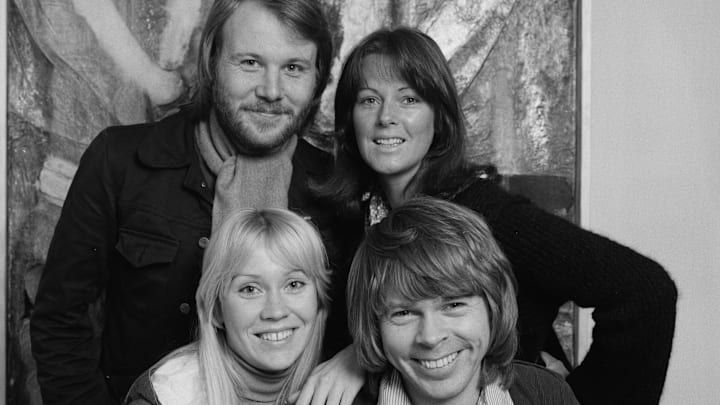“One Less Bell to Answer” by the Fifth Dimension (1970)
The Fifth Dimension hit the top of the Billboard charts twice in 1969 with their gimmicky Hair medley and the heartfelt Laura Nyro song “Wedding Bell Blues.” By this point, the harmony group was morphing into a quintet clearly fronted by a single voice. That voice belonged to Marilyn McCoo.
Their 1970 album, Portrait, didn’t sound anything like Van Morrison, but it did have this one thing in common with Moondance. The songs initially released as singles didn’t chart as well as something that came a bit later. “One Less Bell to Answer” was from the songwriting team of Burt Bachrach and Hal David. It was a stretch into a more sophisticated sound, with a jazzier, more languid approach when compared with the more obvious sprightly pop of their earlier successes.
And being from the Bachrach/David team, who had a sensational pop partnership with Dionne Warwick, it required one strong lead vocal that had the range and rhythmic control to handle Bachrach’s melodies. Enter McCoo. She was already a burgeoning star, and this song helped cement her status. It also led to the eventual breakup of the group. “One Less Bell to Answer” didn’t quite repeat the successes of the Medley and “Wedding Bell Blues.” It stalled out at number 2.
“Bridge Over Troubled Waters” by Simon & Garfunkel (1970)
When Billboard published its list of the top songs of 1970, both “ABC” and “Cracklin’ Rosie” landed in the Top 20. “Moondance” wasn’t a single as yet, and “One Less Bell to Answer” was restricted to the Adult Contemporary chart. At the top of the Billboard chart for the year was Simon & Garfunkel’s “Bridge Over Troubled Waters.”
If you’ve ever heard Simon describe his feelings regarding his voice as compared to that of his partner, Art Garfunkel, the song becomes even more interesting. When they began singing together, Simon’s mother told him that though Paul had a nice voice, Arthur had a “fine” voice. More than fifty years later, that memory still gets under Simon’s skin.
So why - just as the hugely successful duo was splitting up – did Simon let Garfunkel sing one of his most sublime compositions? Simon wrote and sang lead on most of their prior songs. Garfunkel took the lead occasionally but more often contributed his high tenor to their signature harmonies. The answer is easy. Paul Simon knows music better than pretty much anyone knows anything.
He knew that he could have sung “Bridge…” and it would have been nice. But his friend with the fine voice could make it otherworldly. That’s just what Garfunkel does. By the time he hits the final verse and sings, “I’m sailing right behind,” anyone listening is transported.
